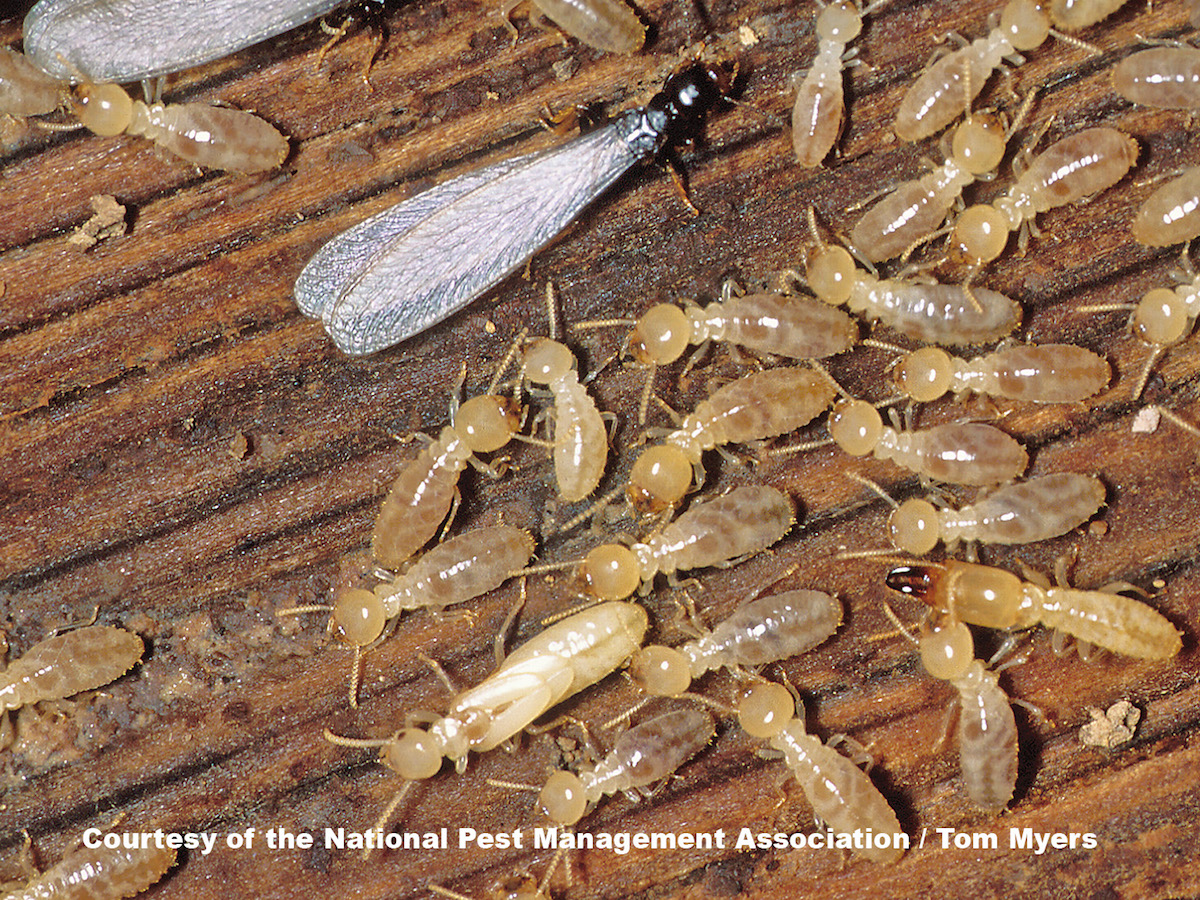Termites are a common problem in Florida, and homeowners must be aware of the seasonal timing of termite swarms in order to take preventive measures. In this article, we will uncover the seasonal timing of termite swarms in the Sunshine State.
Types of Termites

- Drywood Termites
- Subterranean Termites
- Formosan Subterranean Termites
Drywood termites are typically found in dry, undecayed wood, such as dead trees and branches. They can also infest wooden structures such as fences, furniture, and even door frames. Subterranean termites live in the ground and feed on wood, paper, and other cellulose materials. They build colonies in the soil and can cause extensive damage to wooden structures. Formosan subterranean termites are invasive and considered the most destructive of all three types. They build nests in wood and can cause extensive damage to structures.
Signs of Termites

Termites can cause extensive damage to homes and other structures, so it is important to be aware of the signs of a termite infestation. Common signs of infestations include wood that is soft or appears to be rotting, and the presence of mud tunnels or other shelter tubes. There may also be evidence of swarming, such as discarded wings, in and around the affected area. If termites are present, they may be heard inside walls.
Subterranean Termites

Subterranean termites are the most common species of termites in Florida, and they typically swarm in the spring or summer months. During the swarming season, the termites will fly out of their colony in search of a new area to build a nest. The swarms generally occur during the day, and the termites are attracted to light sources such as street lamps or porch lights.
Drywood Termites
Drywood termites are less common in Florida than subterranean termites, but they do still swarm in the spring and summer months. Swarms usually occur shortly after sunset, usually in late August or early September. They are attracted to light sources like street lamps, porch lights, and other bright lights.
Preventing and Treating Termites
- Inspect the home for signs of termite activity and make sure to repair any damage.
- Remove sources of moisture from the home, such as leaking pipes and faucets.
- Keep wood sources, such as firewood and debris, away from the home.
- Install a physical barrier, such as metal flashing, between the soil and the foundation of the home.
- Regularly inspect the home for signs of termite activity.
- Treat existing termite infestations with insecticide and bait stations.
- Hire a professional pest control service to inspect and treat the home if necessary.
Frequently Asked Questions
What is the seasonal timing of termite swarms in Florida?
In Florida, termite swarms typically occur from March to May, with the peak period being April. Termites swarm when the weather is warm and humid and there is sufficient moisture in the soil. Swarms usually occur during the afternoon and early evening hours, and can last up to several hours.
How can I tell if I am seeing a termite swarm in Florida?
Termite swarms in Florida generally occur during the warmer months of the year, from March to September. To identify a termite swarm, look for a large number of winged insects in the air. The termites will have two pairs of wings of equal length and a body about 1/4 inch long. The wings of the swarmers may be whitish-gray or tan in color. Additionally, piles of discarded wings may be found near doors, windows, and other common entry points.
What are the signs of a termite infestation in Florida?
Signs of a termite infestation in Florida include discoloration, softening, and blistering of wood, mud tubes on exterior walls, and the presence of winged swarmers. Discoloration of wood may appear as darkening or lightening of the wood, and softening may be indicated by wood that is easily dented or broken. Blistering of wooden surfaces may appear as raised bumps. Termite swarmers, which are winged reproductive termites, may be seen around windows and doors. Mud tubes, which are tunnels made of mud and saliva, may be found on the exterior walls of a home.
Are there any preventative measures I can take to avoid a termite infestation in Florida?
To prevent a termite infestation in Florida, there are several measures that can be taken. These include sealing off any potential entry points, such as cracks and crevices in the foundation of your home; ensuring that there is no moisture buildup in crawlspaces, basements, or other areas; and regularly inspecting the foundation and exterior of your home for signs of termite activity. Additionally, it is important to reduce the amount of wood or plant material near the foundation of the home, as this can provide food sources for termites.
When is the Best Time to Treat for Drywood Termites in Florida?
Treating for drywood termites in Florida typically occurs in the late spring or early summer when the termites are most active. To ensure thorough protection, it is important to inspect the home and yard for signs of termite activity and to have a professional pest control technician treat the home and yard. Treatment may include spraying or injecting liquid termiticide around the home’s foundation and in any visible termite activity or damage.
Conclusion
Termites are a common pest in the Sunshine State, and the seasonal timing of their swarms is important for homeowners to know for prevention and detection of infestations. Generally, termite swarms occur in the spring and summer months, usually from March through August. However, the exact timing of swarms can vary depending on species, weather conditions, and location. Homeowners in Florida should be aware of the potential for termites and take preventive measures to keep their homes free of infestations.
- Termite Swarming Season – Bugs.org
- Termite Infestations – University of Florida, Institute of Food and Agricultural Sciences







